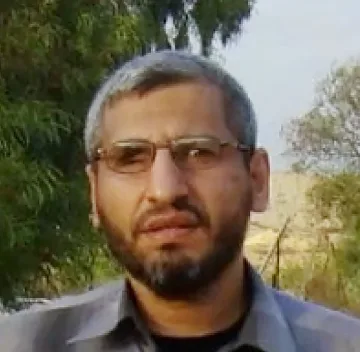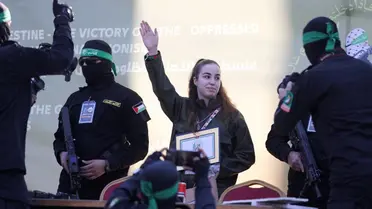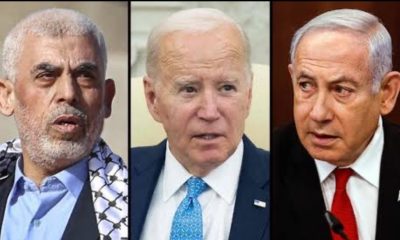WORLD
Israel confirms the killing of Hamas military leader Mohammad Deif, a key figure behind the October 7 attack.

Israel’s military confirmed on Thursday that Mohammed Deif, the leader of Hamas’ military wing, has been killed, marking the third high-profile figure linked to Hamas or Iran that they have reportedly targeted in recent weeks.
Deif, head of the Qassam Brigades, was believed to be one of the masterminds behind Hamas’ October 7 attack on southern Israel, which initiated the ongoing conflict in the Gaza Strip, now reaching its 300th day.
The confirmation of Deif’s death came as Hamas held a funeral for its political chief, Ismail Haniyeh, who was killed in Iran a day earlier.
With concerns of a broader war in the Middle East growing, an Israel Defense Forces spokesperson stated that an “intelligence assessment” confirmed Deif’s death following an airstrike in Khan Younis, Gaza Strip, on July 13. The statement noted that “other terrorists” were also killed in the strike.
Israeli Defense Minister Yoav Gallant described Deif’s death as a “significant milestone” in dismantling Hamas as a military and governing power in Gaza, emphasizing the importance of this development in the broader goals of the conflict.
Hamas has not yet commented on the announcement, which coincided with large gatherings in Tehran for Haniyeh’s funeral. Haniyeh’s assassination, carried out after he attended the inauguration of Iranian President Masoud Pezeshkian, sent shockwaves throughout the region.
Iran’s Supreme Leader Ayatollah Ali Khamenei, who led Haniyeh’s funeral at Tehran University, expressed grief but also indicated a harsh response, although specifics were not provided. After previous similar incidents, such as the killing of commanders in an airstrike at Iran’s Syrian Embassy in April, Iran retaliated by launching rockets and drones at Israel.
Military analyst Andreas Krieg commented that Haniyeh’s assassination in Iran was a significant embarrassment for the country and a symbolic act by Israel. Despite Deif’s crucial role, Krieg noted that his death would not cripple Hamas’s operations, as the organization comprises a larger network.
The tensions between Iran and Israel, dating back to the 1979 Islamic Revolution, have been longstanding, with Israel viewing Iran’s support of militant groups as a significant threat. Israel recently killed Hezbollah commander Fuad Shukr, blamed for a deadly rocket attack in the Israeli-occupied Golan Heights.
Krieg suggested that both Israel and Iran aim to avoid full-scale war, indicating that these incidents fit within an ongoing “sub-threshold war.” He added that Israeli Prime Minister Benjamin Netanyahu might use these assassinations to frame a “victory narrative” amid challenges in the Gaza War.
Meanwhile, a billboard featuring Haniyeh and Iranian President Masoud Pezeshkian was unveiled in Tehran’s Valiasr Square, commemorating Haniyeh’s presence at the inauguration. Haniyeh’s body is expected to be returned to Qatar for an official funeral and burial.
Krieg also mentioned that mediators like Qatar and the United States could play a role in de-escalating the situation. He suggested that Iran’s response would likely be measured and within the scope of their ongoing “shadow war,” rather than an immediate large-scale reaction.
As tensions continue to rise, U.S. Secretary of State Antony Blinken called for all parties to avoid actions that could escalate the situation further. He emphasized that a cease-fire between Israel and Hamas is crucial to ending the cycle of violence and suffering. Qatari Prime Minister Sheikh Mohammed bin Abdulrahman Al Thani expressed concerns that Haniyeh’s death could hinder efforts to negotiate a cease-fire and secure the release of hostages, questioning the possibility of mediation under such circumstances.



















You must be logged in to post a comment Login